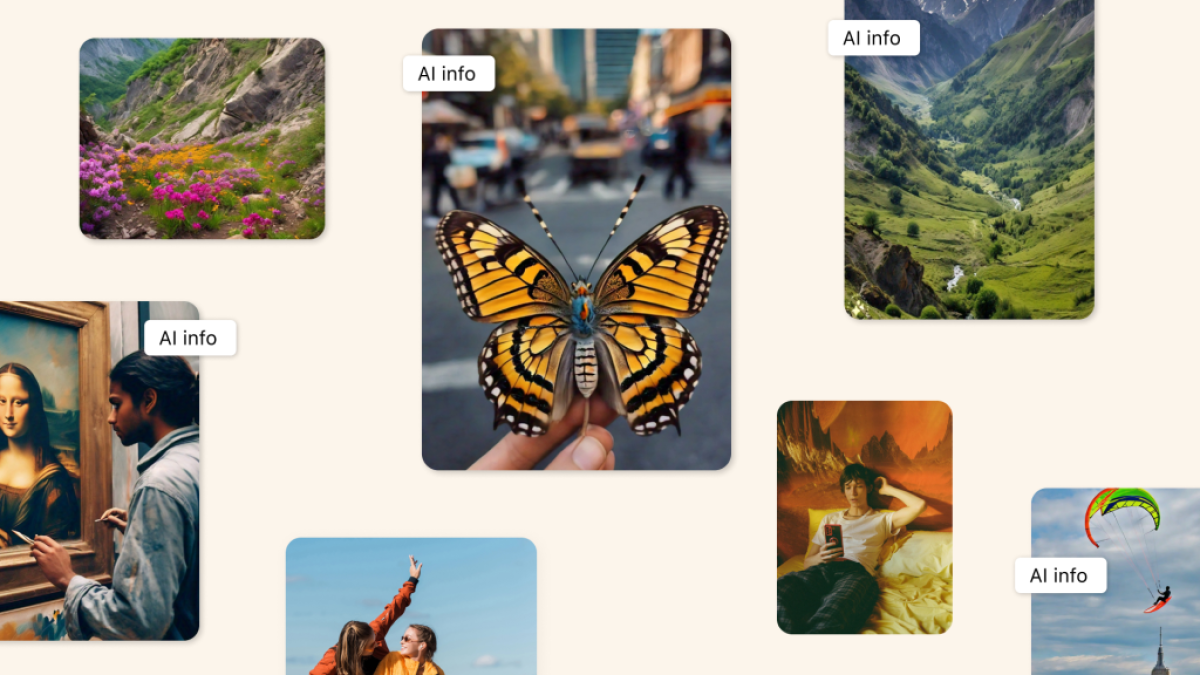Meta Continues to Seek Solutions for Identifying AI-Generated Images

Meta’s Update on AI-Generated Image Labeling
Meta is currently revising how it labels AI-generated images on its platforms, such as Facebook and Instagram. This change comes in response to concerns from photographers who have been adversely affected by the confusing nature of AI content labels in the ever-evolving digital landscape.
The Rise of AI-Generated Content
In recent years, the prevalence of AI-generated images has soared on social media platforms. These images often circulate with misleading narratives, particularly related to movies and various world events. For instance, an image claiming to depict a live-action version of the animated series Rugrats baffled many due to its bizarre depictions, such as Tommy Pickles’ peculiar appearance.
Image Credit: Michelle Ehrhardt
Meta’s Efforts to Combat Misinformation
Meta has taken steps to address this issue by implementing a labeling system for AI-generated images. When the system detects such images, it attaches a "Made with AI" tag. However, this label is not perfect. It has faced criticism as genuine images, even ones that utilize basic post-processing techniques, are sometimes wrongly categorized as AI-generated.
In recent communications from Meta, they acknowledged that images modified with simple AI tools could also receive the “Made with AI” label. To clarify this situation, the company is moving to change the label to “AI info.” Users will be able to click on this tag for further details about the specific AI modifications used.
Challenges with Current Labeling Practices
Meta’s new labeling approach highlights the complex relationship between traditional photography and AI-generated content. Creators and artists have expressed frustration when their images—those created without any AI assistance—are mistakenly labeled as AI-generated. For example, tech influencer iJustine faced this issue when an image she created for Pride Month, altered with basic effects like a background color change and lens flare, was flagged as "Made with AI."
While providing a link for users to explore AI usage in images is a step forward, it raises concerns. Users may find this additional step cumbersome, reducing the efficacy of the label itself. Furthermore, unless the information presented is accurate and transparent, it might not satisfy photographers who have genuine concerns about their work being misclassified.
The Road Ahead for Meta
Meta has indicated that they are collaborating with industry professionals to refine their labeling mechanisms. This careful balancing act is crucial for maintaining trust among creators while addressing the growing use of AI in visual content. As these developments unfold, it remains essential for platforms like Meta to closely monitor feedback from users and photographers to enhance their practices continually.
As the use of AI continues to grow, so does the need for clarity and accuracy in labeling and presenting digital content. It’s a pivotal moment for social media platforms as they navigate these challenges and aim to protect both the integrity of artists and the interests of their user base.





